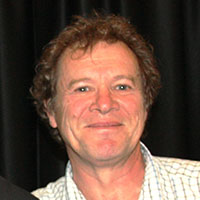Basin-Floor Fan Systems (South Central Pyrenees, Spain)

INSTRUCTOR: Steve Cossey, PhD
DISCIPLINE: Field Courses
COURSE LENGTH (DAYS): 5 Days
CEUS: 4.0
AVAILABILITY: In-House
ATTEND AN UPCOMING CLASS:
Contact SCA’s Training Department at training@scacompanies.com to schedule an In-House field course.
WHO SHOULD ATTEND: Geologists, geophysicists, members of deepwater study teams (engineers, team leaders and project managers), as well as mid-level to upper-level managers needing to learn more about deep-marine systems, architecture, elements, reservoir properties and their explanation and production characteristics.
COURSE DESCRIPTION:This field course is designed for explorationists, non-geoscience members of a synergistic team and managers interested in developing an understanding of deep-marine foreland basin-floor fan systems. From seismic-scale to bed-scale, the architecture, elements and reservoir characteristics of well-exposed deep-marine channelized fan systems are studied in the South Pyrenean foreland basin which is associated with synsedimentary tectonics.
The importance of seafloor topography in controlling fan sedimentation, as well as the evaluation and significance of sediment-slide/debris flow fan system complexity is studied. In evaluating deep-marine processes, environments and systems, you will learn how to consider their application to hydrocarbon exploration and production.
COURSE CONTENT:
- Deep-marine processes, environments and systems
- Seismic-scale to bed-scale exposure
- Architecture, elements and reservoir characteristics of well-exposed deep-marine fan systems
- Relationship between tectonics and sedimentation
- Overview of Ainsa Drilling Project: results and applicability
- Application of deep-marine models to hydrocarbon exploration and production
- Overview of South Pyrenean foreland: basin tectonics, structure and stratigraphy
- Evaluation of thin-bedded turbidites as potential reservoir intervals
- Production from thin-bedded turbidites
- Sheet vs. lobe deposits
- Confinement of turbidite systems
- Twelve different locations visited
